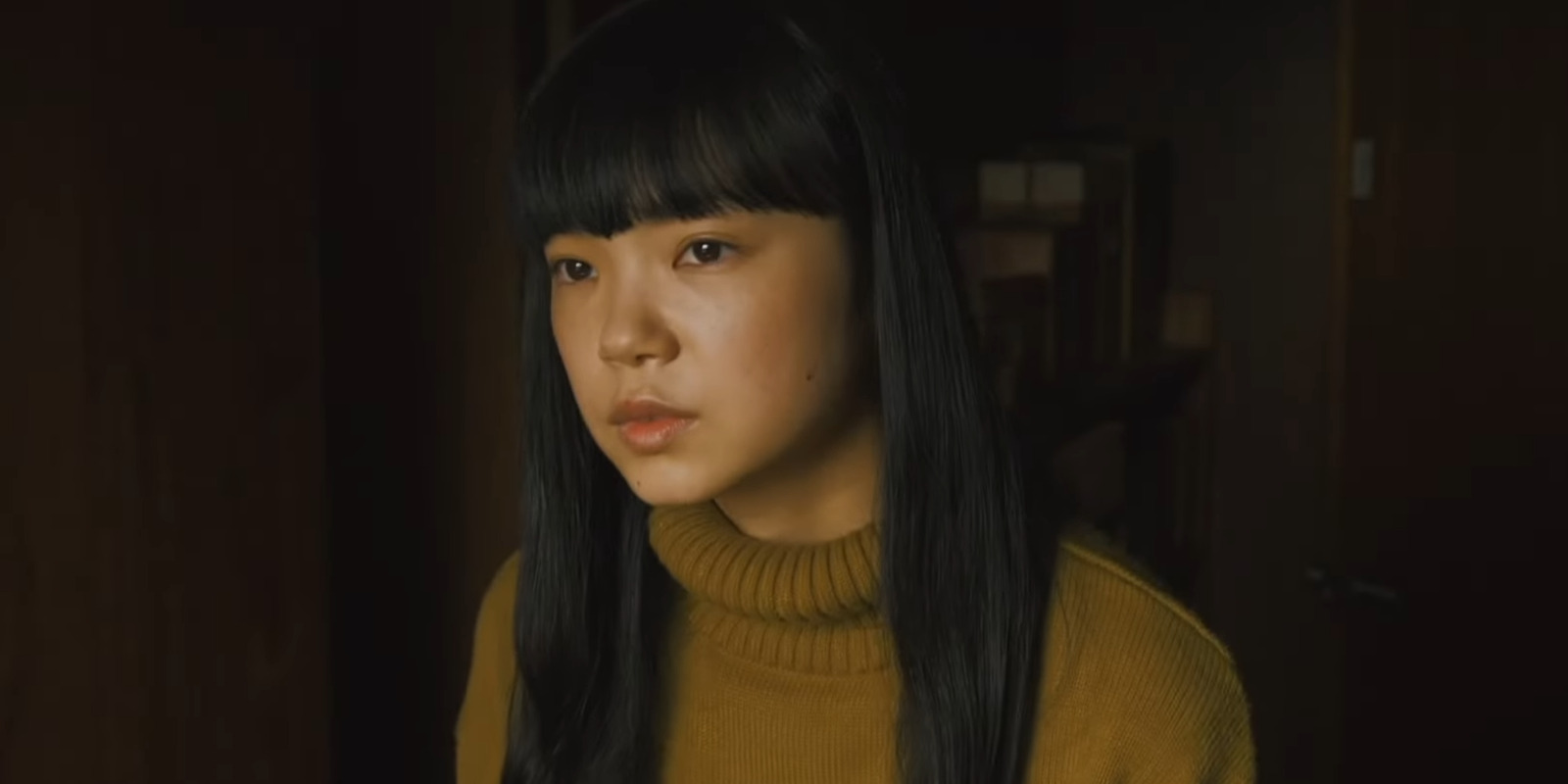‘Best Wishes to All’ is a J-Horror film that forgoes malevolent spirits and cursed objects, instead diving into a much more sinister exploration of happiness and its cost in contemporary times. The story, which prefers to waive its characters of their individualistic names, revolves around a young nurse-to-be who is set for a visit to her grandparents’ house. However, what is supposed to be a nostalgic homecoming turns into something unnerving once the Granddaughter notices the eerie details of her grandparents’ lives. As horrifying fundamental truths about her family begin to unravel, the protagonist must find a way to break free of a sick generational tradition or risk getting pulled under. The tale operates on complicated metaphorical resonances that influence the narrative in significant ways. As a result, it becomes crucial to grasp these metaphors in order to decode the characters, their motives, and their ultimate fates. SPOILERS AHEAD!
Best Wishes to All Plot Synopsis
The nursing student protagonist has a complicated relationship with her grandparents’ house. When she was a kid, she had troubling nightmares at the place about a horror inside the upstairs backroom. Therefore, it makes for unpleasant news when her parents inform her that she’ll have to make the trip alone. Nonetheless, the dutiful Granddaughter catches her train and arrives at the countryside house she grew up in. Expectedly, she notices many eccentricities on the first day, such as her Grandmother’s uncanny inquiry about whether or not she’s happy. Additionally, she also finds an old photo album with a mysterious family photo of a young girl whose face seems to have been scratched out.

The night brings similar oddities, when Graddaughter hears noises from upstairs and her grandparents make ominous proclamations about the sacrificial nature of a pig’s life. However, the second day brings a pleasant change of pace when her paths cross with an old childhood friend. Over the years, he has taken over his family’s farm in light of his father’s deteriorating health. Peculiarly enough, her grandparents aren’t supportive of this reunion and warn her against seeing him again. Eventually, Granddaughter tries to investigate the matter by trespassing into the locked room. Nevertheless, her efforts are foiled by her presumably sleepwalking Grandmother.
The next morning, hours before her parents are expected to arrive, Granddaughter witnesses a horrifying scene. An old man with his eyes and mouth stitched shut crawls out of the mysterious room, which she unlocked the previous night. Worse yet, instead of being troubled by the scene, the grandparents simply drag the man back into the room where he’s tied to the floor. In means of explanation, Grandmother simply insists that the family’s happiness relies on the suffering man. From there, it doesn’t take long for Granddaughter to run away and seek help from her Friend.
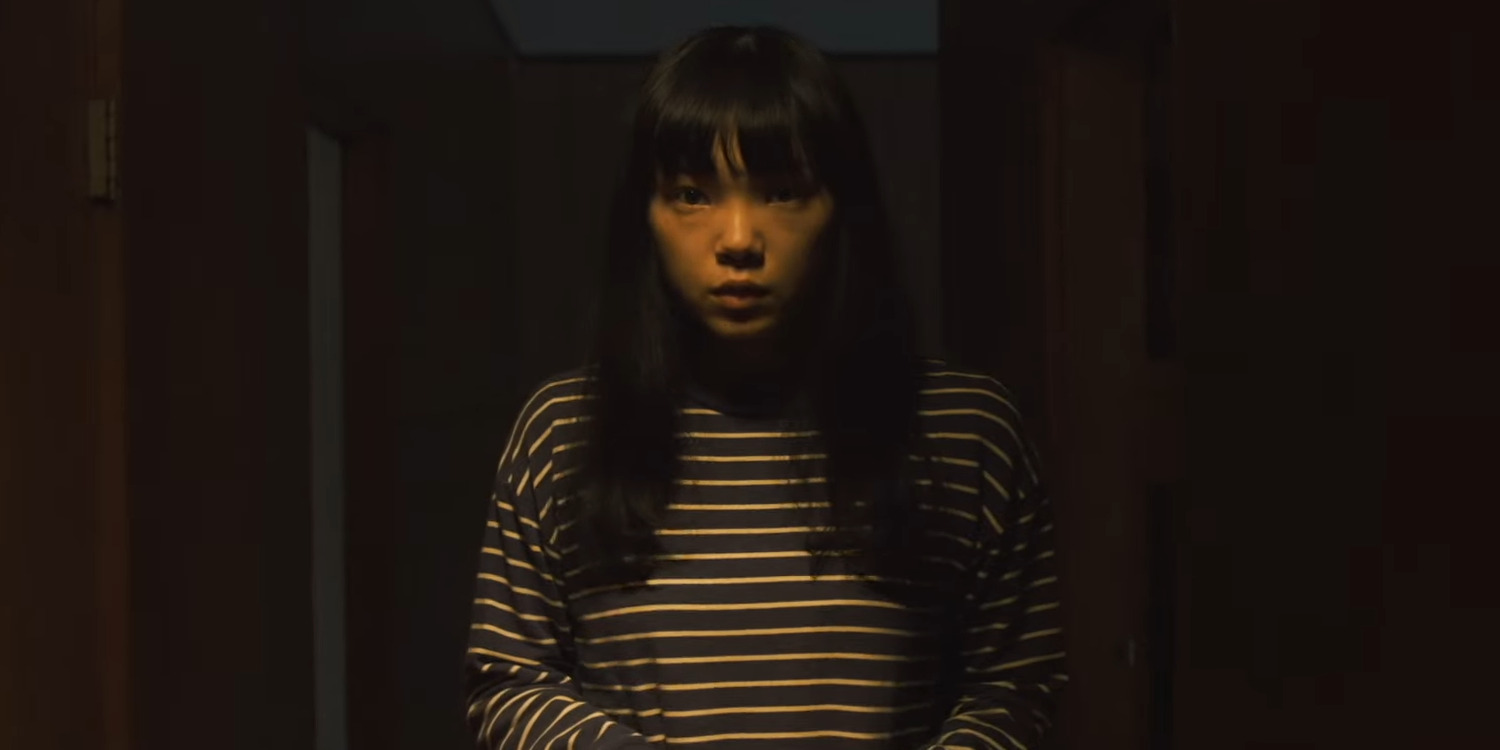
With the Friend’s help, the Granddaughter is able to free the suffering man from his binds and stitches. Nonetheless, his moment of freedom lasts only so long as he’s brutally run over by a neighbor’s car out on the road. Around the same time, the parents rolled into town and witnessed the event. However, instead of being horrified, the town residents simply shrug off the incident, extending their condolences to the family for the death of their victim. Slowly but surely, Granddaughter begins to realize that holding another hostage in one’s house to contribute toward their eternal suffering is a time-honored tradition in their town. Furthermore, now that she has caused the demise of their previous hostage, she’s expected to rope the newest victim for her family.
Best Wishes: What is the Happiness Ritual?
The story’s central mystery and the element fueling its narrative come from the secret in the Grandparents’ upstairs room. Even though this mystery is uncovered early into Granddaughter’s visit, it still remains wrapped up in obscurity and ambiguity for much of the film. The room holds a victim, who is held hostage in the house, bound with his eyes and lips sewn shut. There’s no evident added element to his entrapment, no spell or curse. Instead, it’s simply a ritual and a tradition that the family, and in fact most other families in the countryside, adhere to. The logic remains straightforward. In the story’s reality, there’s only a finite amount of happiness. Therefore, in order for one to be happy, they must inflict suffering upon another.
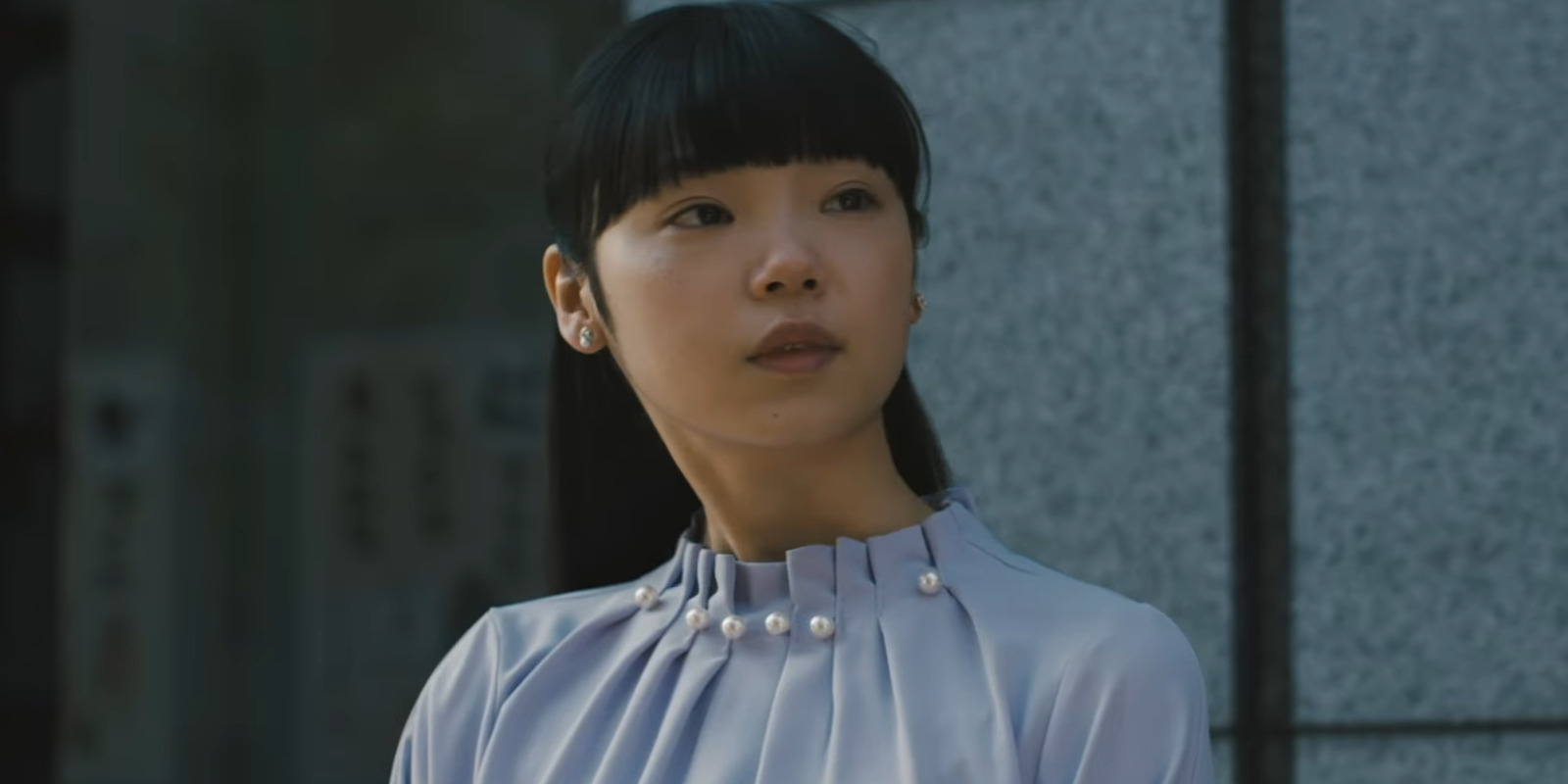
It is only through their victims’ suffering that an individual or their family can achieve happiness in their lives. The protagonist’s family has been such strong followers of this tradition that any divergence from it, even for a day or two, leads to noticeable complications. One by one, the family members will begin to bleed from their eyes or their ears. Afterward, they’ll start convulsing before mania finally takes over them in the form of hysterical laughter. Although the in-universe rules around this distorted, inversely karmic reality of happiness remain simple, their metaphorical meanings are anything but.
The story takes a more literal approach to life under modern late-stage capitalism, in which the happiness of many people is directly dependent upon the suffering of others. In reality, small luxuries and conveniences in first-world countries, including things like fashion, fast food, or even same-day deliveries, are directly related to the lowered quality of life of others. Whether it be unfair local employment practices or outsourced unethical labor from underdeveloped nations, harm is being dealt out to someone for the comfort of another on a daily basis. Worse yet, the way socioeconomic systems have been built in place, it becomes more and more difficult for people to avoid services and goods that are a part of this regrettable chain of events.
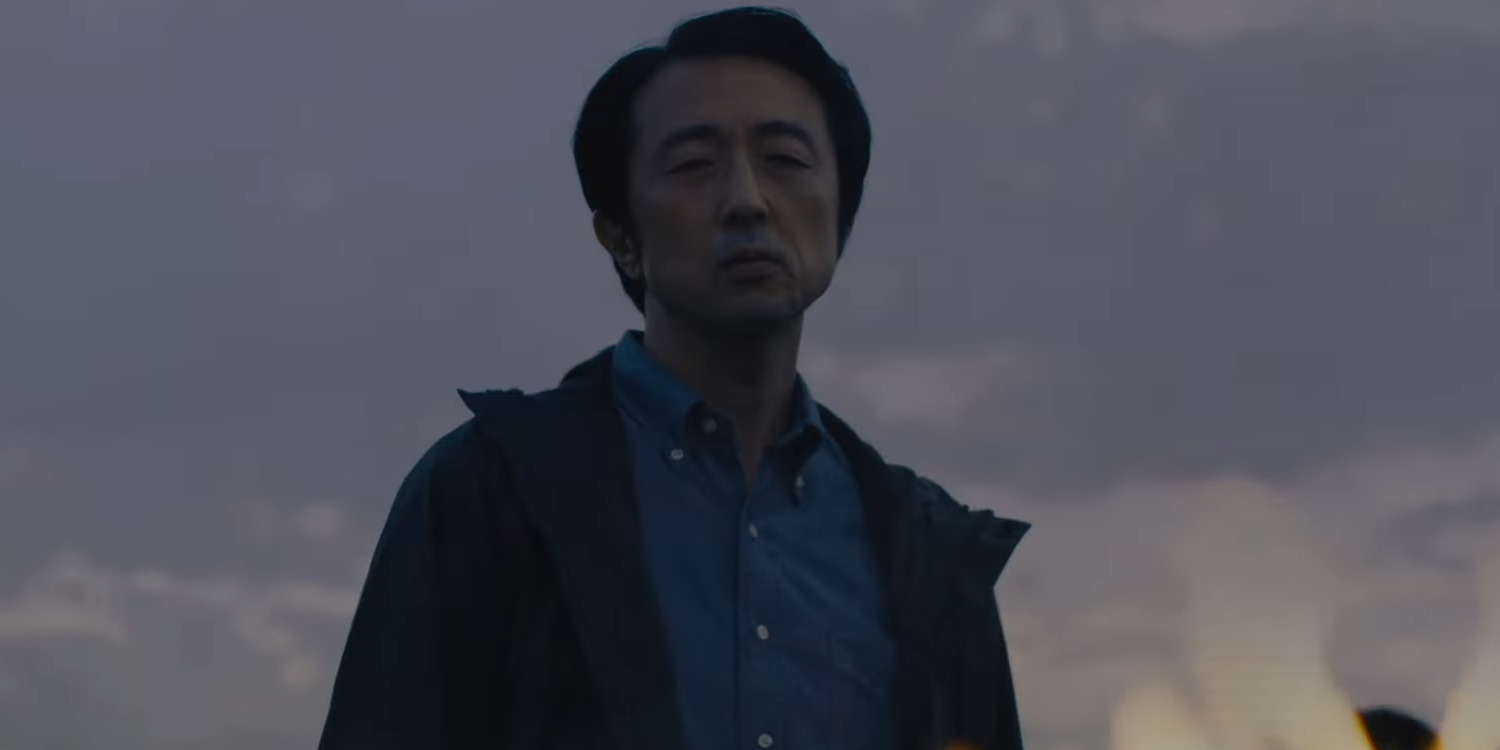
As such, in the modern world, people continue to live a life where they’re conscious of this unfair reality but unable to completely stop themselves from benefiting from it. Similarly, in the story, the townspeople and the protagonist’s family are all aware of the cruelty they are inflicting on their victims. Nonetheless, they justify their actions by upholding their family’s selfish happiness as possessing higher value than their victims’ lives. The tradition has sustained so much of their lives that they’ve become desensitized to its cruelty. Simply put, the reality is unfair, but they have convinced themselves that there’s no other option but to accept it and embrace it.
What Happens to Granddaughter’s Friend? Does He Die?
Even though the Happiness Ritual is a bitter reality that many have accepted in the story, there are still a few characters who try to resist its temptation. Granddaughter’s Aunt and her Friend are the two most notable instances of this. Like her niece, the former also couldn’t accept the cruel reality of what was hidden in her childhood home. For the same reason, she ran away from home and got scratched out of the family’s history. Still, despite remaining MIA for decades, Granddaughter is able to find her Aunt, who seems to have taken to living in the mountains. Nonetheless, early on in the visit, it becomes evident that something is deeply wrong with her.
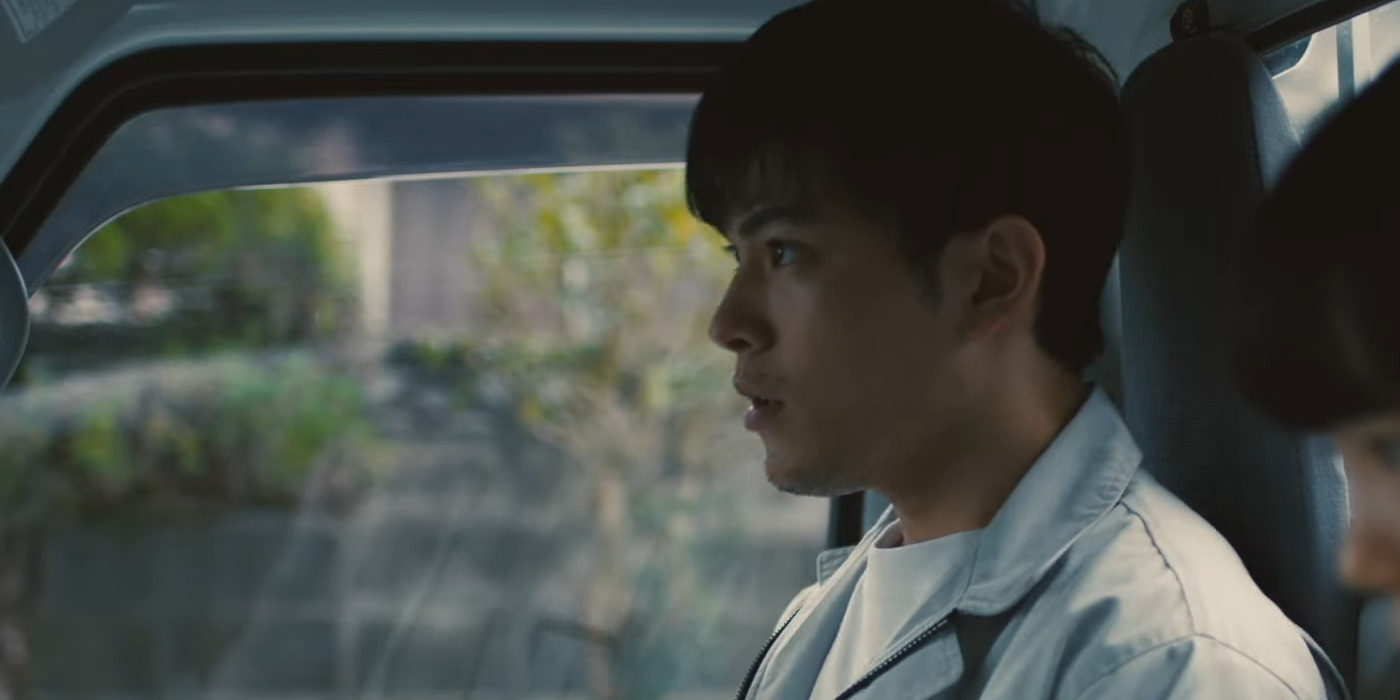
In her miserable isolation, the Aunt has driven herself insane, wherein she refuses to believe the reality of her world. Instead, she dreams of escaping this “virtual reality” to access something bigger and better. Consequently, she tricks her niece into killing her. Inversely, the Friend poses a different aspect of forsaking convenient but unethical pleasures. Unlike every other family in the countryside, his family keeps a distance from the happiness ritual. However, for the same reason, they’re perpetually stuck in a cycle of generational unhappiness. While Granddaughter can afford to chase after her dreams in Tokyo, Friend is stuck on his family farm, fulfilling his duties, which is far from the ideal life.
Additionally, while Granddaughter’s family remains healthy with her grandparents still retaining a physical prowess, Friend’s father is weakened in his old age and eventually passes away. Around the same time as the tragedy, the son’s childhood friend comes to see him, saddled with her own trauma. After her unsuccessful visit to her Aunt’s house, she had scared away a potential victim from her family home and even tried to offer herself up as the sacrificial lamb. Nonetheless, she failed in the selfless act and has now come to her Friend to seek help. Perhaps she’s seeking assurance that a happy life can exist without the ritual and that she doesn’t have to fall in step with her family.

Nonetheless, Friend can only offer her cynicism and nihilism as he feels the fresh wound of his father’s death. He knows that his family could have avoided every pain they had suffered through if they had only chosen to participate in the ritual. However, they suffered and died to uphold their morals, and he is now bound for the same course. For the same reason, he urges his Friend to kill him by forcing her to choke the life out of his lungs. Although Granddaughter attempts to fight it, she eventually gives in and chokes him with her one strength. Yet, that isn’t where their confrontation ends. Granddaughter doesn’t simply kill her Friend. Instead, she knocks him out long enough to drag him back to her house to be used as her family’s next victim. In time, she sews his eyes and lips shut with her own hands, condemning him to a torturous existence.
Is Grandma Pregnant? What Does Her Baby Represent?
Grandma’s pregnancy arrives as an outlandish plot point in an already jarring narrative. Her age and the sudden rapidness of the pregnancy, which seemingly skips the first two trimesters, make it difficult to perceive as a casual reality. Even so, everyone around her treats the unexpected baby bump as a natural and expected instance. By the end of the story, she gives birth to her baby, bringing another addition to the family. There are a number of ways to interpret this plot point. Yet, the most prominent metaphor behind Grandma’s pregnancy connects the film to the generational divide in modern-day Japan, particularly under an economic lens. Currently, the country is experiencing a drastically declining birth rate on a national scale. One of the leading reasons behind this instance comes from the economic insecurity that the younger generation is experiencing.
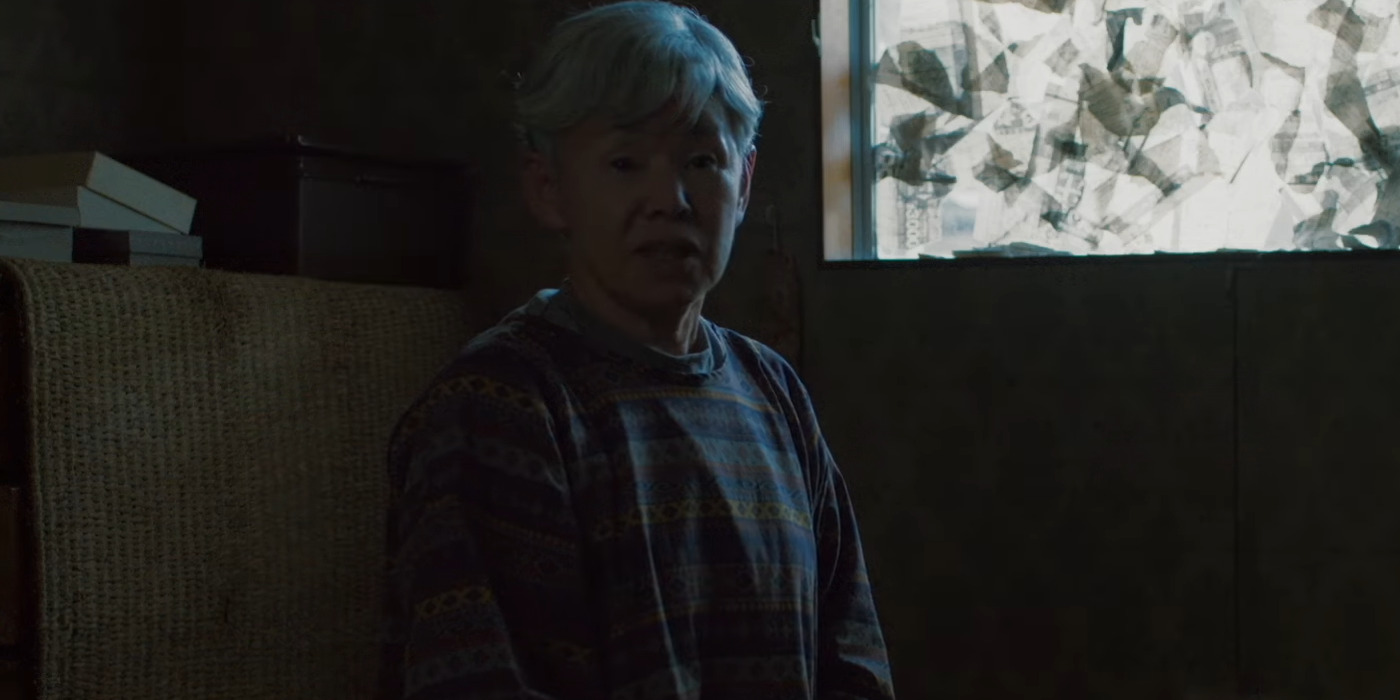
On the other hand, Japan also has a steadily increasing old-age dependency ratio, which means more people have reached retirement age than the employable population. This has its own unique effects on the country’s economy. Therefore, with these off-screen realities in mind, one can interpret Grandma’s pregnancy as a vague metaphor for the socioeconomic complications around the economy and birth rates. Inversely, a more narrative interpretation of this plotline can be seen as another facet of the happiness ritual. The tradition is said to bring blessings and joy into the family’s life. Therefore, after years of stoking this ritual, the family is blessed with a miraculous pregnancy.
Why Did the Family Keep the Happiness Ritual a Secret From Granddaughter?
Once the idea of the Happiness Ritual settles as an undeniable part of the story’s reality, one question arises. Why was Granddaughter the only one who was in the dark about the tradition? Everyone in town, and even her own younger brother, who lives in the city with his parents, seems to know about the ritual. As such, her ignorance of this reality that is intricately woven into the basis of her life remains puzzling. However, the further she interacts with the ritual, the more obvious it becomes that the family never actually tried to keep it a secret from Granddaughter. The film begins with the protagonist stumbling into the horrifying room and its secret as a kid. Nonetheless, she only remembers this instance as a nightmare in her adult life.
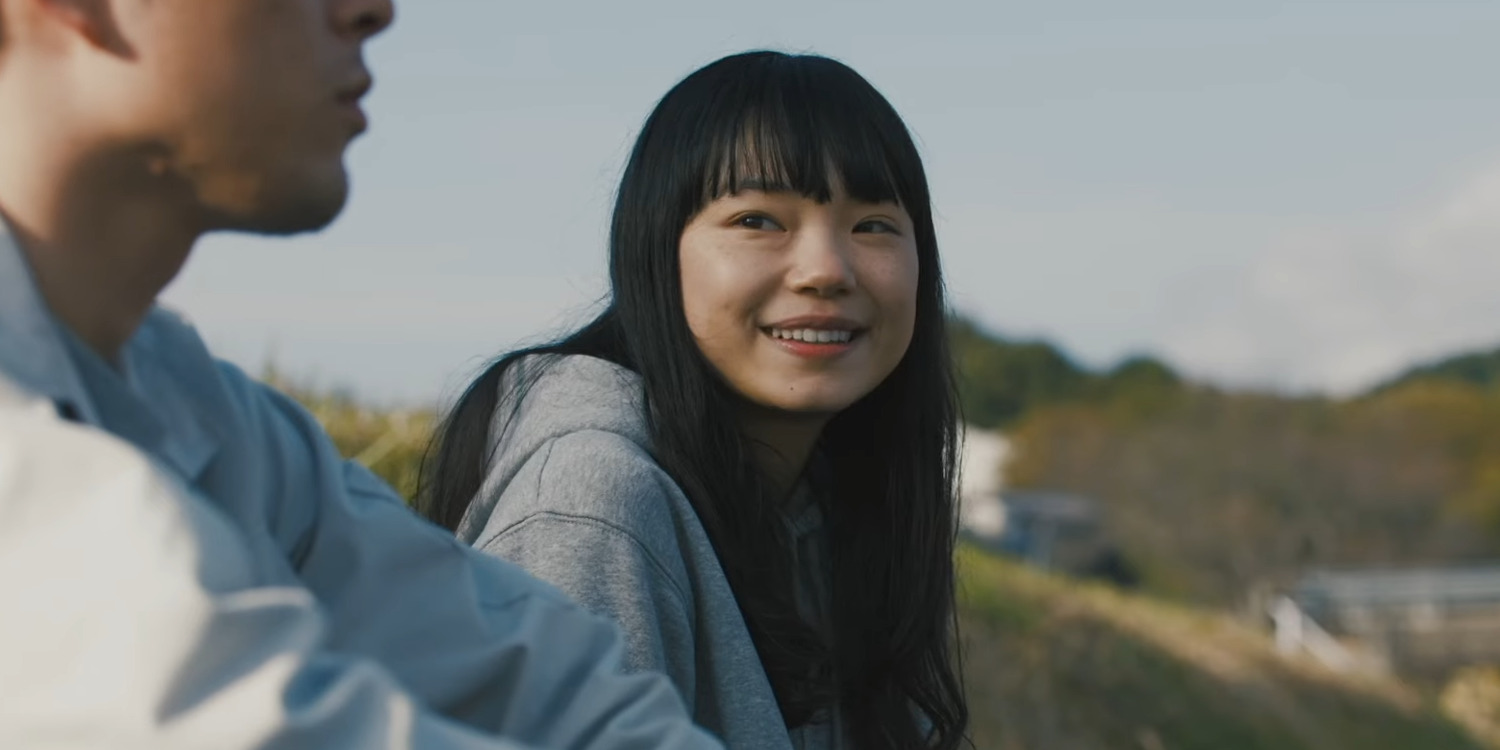
One instance also finds Granddaughter crossing paths with her former classmate, who makes fun of her for not knowing about the Happiness Ritual. In particular, she equates her ignorance of it to a child who believes in Santa Claus. Lastly, an out-of-place dream sequence reveals a time when the family forced their sacrificial victim to dance for their amusement, an activity that even Granddaughter took part in. Therefore, everything falls into place when the Grandmother reveals the truth during a tense confrontation. The protagonist is indeed told about the Happiness Ritual, and the family never tries particularly hard to hide it from her.
Nonetheless, Granddaughter’s own naivety and rose-colored perception of the world prevented her from believing it. She can’t bear the thought of a reality where happiness is a transactional thing that relies on the suffering of another. As such, she allows her family to do the dirty work while she continues to remain blissfully unaware of how the sausage gets made. Much like how a child believes Santa Claus brings them gifts on Christmas, Granddaughter also believes happiness is an easily accessible thing in the world. She chooses to remain ignorant to spare herself the pain of acknowledging her selfishness.
Does Granddaughter Accept Her Family’s Happiness Ritual?
Throughout the film, Granddaughter tries hard to avoid the reality of the Happiness Ritual. She seeks her Aunt out to find some escape from this cruel practice and even tries to assert her moral superiority by offering herself as a sacrifice. Nonetheless, she fails on both accounts. The visit to her Aunt’s place only proves that running away from reality leads to insanity, isolation, and misery. Similarly, she also discovers that a righteous path, like the one her Friend and his family take, comes with the hardships and pain that the absence of the ritual promises.

Consequently, Granddaughter realizes that if she wants to return to her old life of happiness, she must submit to its cost. For the same reason, she sacrifices her Friend for the ritual, reasoning that his lone suffering will be a fair trade for her family’s survival and happiness. In the end, this allows her to return to her life of happiness. The new version of the protagonist that we see continues living in Tokyo and is even dating someone. The distinctions between her old and new life are stark, particularly so when she’s crossing the road. Earlier, she helped an older woman even at the detriment of her own convenience. Nonetheless, this time she and her boyfriend simply walk their own path. This parallel notes a significant difference in her perception of kindness and its importance in the quality of one’s life.
Read More: Get Hard Ending Explained: How Do James and Darnell Stop Martin?

